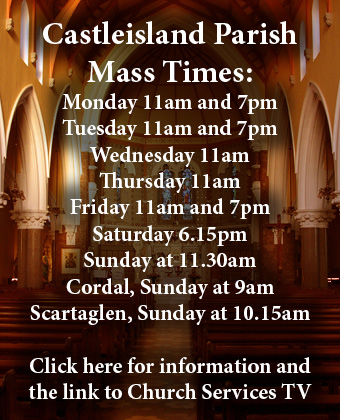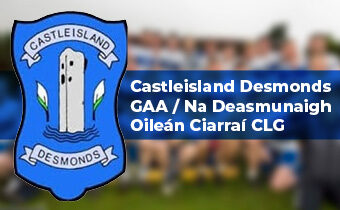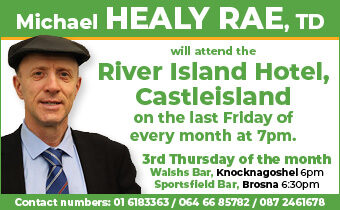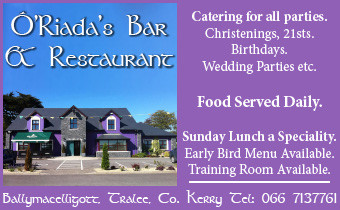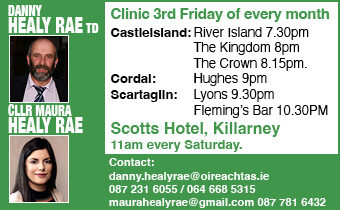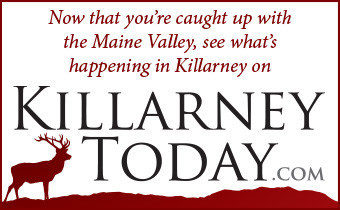
There is a general consensus that Wednesday’s Hurricane-force bursts of wind were the worst in living memory.
Damages that will leave a bill of millions of Euro are only being thought about as the real cost of the outburst is yet to reveal itself.
There is also a general agreement that it was by only a miracle that nobody was seriously injured or worse.
A philosophical Martin Murphy would be the first to agree on that score. He and his wife Sheila were at home in Laccabawn when a third of their roof was taken from the western gable.
The house enjoys one on the finest views of the valley around. Its lofty perch was severely tested on Wednesday as the concrete barge and all was lifted and torn from its anchors. The roof was blown over the remaining part and deposited in a neighbour’s field up to 40 yards across the road; the roof of a workshop in the back yard was also taken away with the same awesome force.
“We were lucky that no one was injured. We have great neighbours. A lorry cover from Jim O’Sullivan’s arrived and we were able to nail and tie it down and keep out the rest of it. We’re working away at it and if the power came back now we would be in a much better position to get things back in order. We were lucky,” said Martin.

Over on the other side of the parish, a house with great historical significance was blessed that a huge tree fell, obligingly, at right angles and away from it.
Kilmurry House could tell a story or two and the 300 year-old (estimated) Cedar of Lebanon tree would do likewise.
Its noble reign at the front of the east-facing, great house was brought to an abrupt and ignominious end at some point during Wednesday’s terrifying hurricane.
Present occupants of Kilmurry House, Caroline Faulkner and Maurice Conroy expressed their sadness at the demise of the fine, old tree:
“It’s a sad day for Irish, arboreal history as one of the oldest trees in the country blew down just yards from the historic, Kilmurry House.
The house, a Georgian rectory, was built in the 1700s and the tree, a Cedar of Lebanon is thought to have been planted soon after. We will now look at planting more native Irish Oaks for the benefit of wildlife and future generations,” said Caroline.
Elsewhere

Below: Path Blocked, View Opened. Damage done along the River Walk in Castleisland. ©Photographs: John Reidy
A huge Yew tree fell in Pembroke’s side of Kilbanivane Cemetery and it uprooted a couple of graves and broke a number of headstones
Elsewhere there are stories of trees, power and telegraph poles down here, there and everywhere about hill and valley, of narrow escapes and close shaves. Of teenagers discovering the cool ways and joys of toasting bread on a fork in front of an open fire.
Parts of the town of Castleisland and many of our neighbouring villages and hinterlands are still awaiting the return of electricity as ESB vans and crew members scramble from scene to scene. Then they have to face into clearing trees and other debris before they can begin their work.
Someone said recently that there’s no fine weather on the horizon until May at least. Isn’t that a frightening prospect.
The Irish Times and Charlie Bird have teamed up for Charlie’s trip to the North Pole. From there he’ll be sending back first-hand reports on how climate change is creating our new weather patterns. We should take great heed of what the locals there will tell him on our behalf.
Wednesday’s warning could have been much worse. As Martin Murphy put it: “Once no one was hurt we’ll get over the rest.”
















